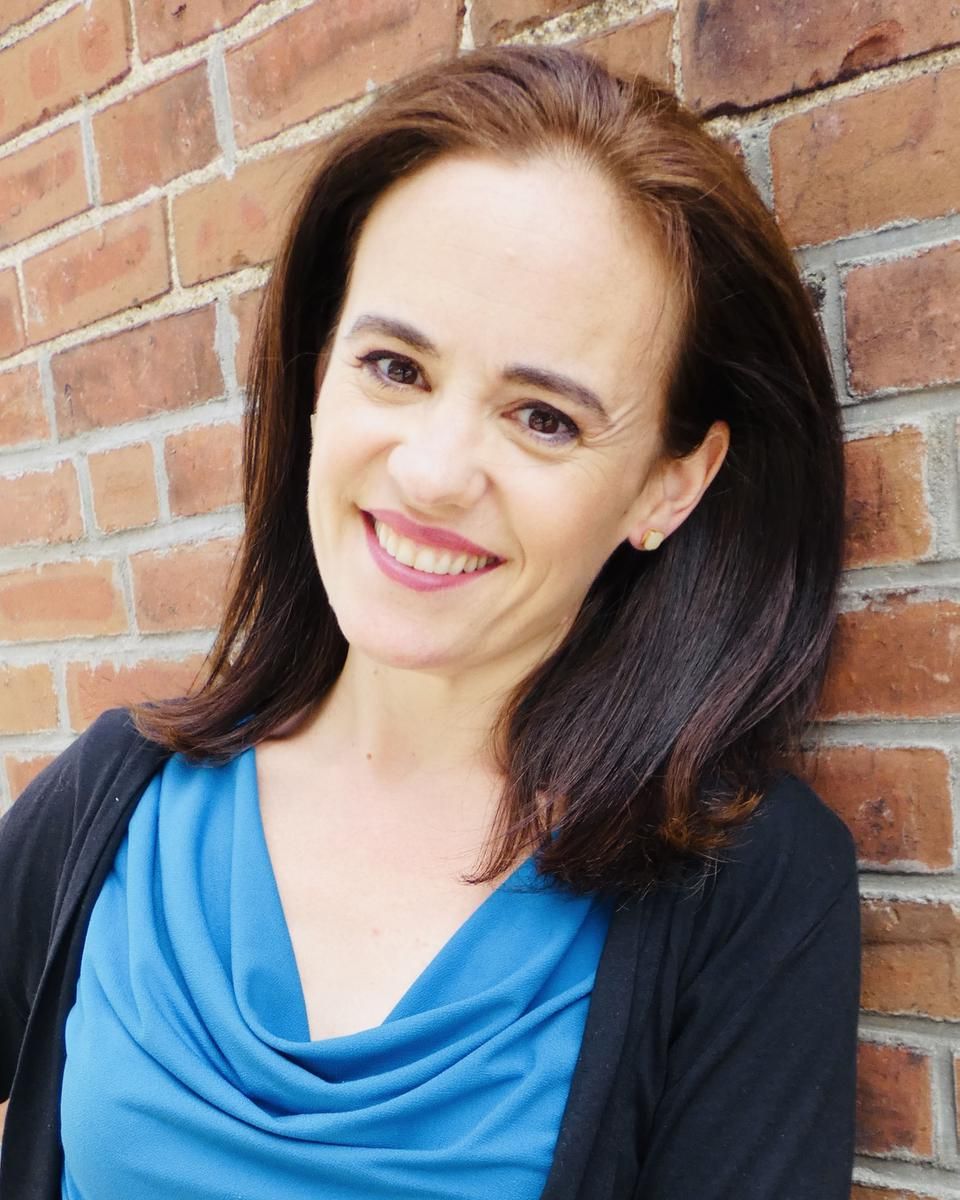
On Coming Out to Clients as a Queer Therapist
As a queer man discovering my queer identities and my professional identities simultaneously, I have wrestled with one question repeatedly throughout my adult life: Should I come out to my clients?
Now, many therapists’ cognitive-behavioral alarm bells may already be going off. What do I mean “should”? Isn’t this a personal decision? Is the answer not simply, “it depends”?
When it comes down to it, of course whether or not to come out to clients is a personal decision that depends on many factors.
As a psychologist, however, I want to break that down into a more meaningful answer for myself. What are my ethical obligations? What are the psychological implications? What is right for me? What is right for my client? Are the answers to these two latter questions the same?
When I began working in the clinical field, I worked in a short-term inpatient psychiatric unit. I was told it was important that I not make myself too important to my clients. If I had something to offer clients that the other clinicians and direct care staff did not, this would create tension on the unit.
Looking back on this common wisdom, I see a medical model of care that ignores the strong evidence in our field that attachment and relationship are fundamental to healing. To be personally important to our clients is to be attached, which is to heal.
I was also told in my early years of clinical work that as a man working with traumatized youth, I should be extremely careful not to be accused of sexual misconduct. This is, of course, important advice for my clients’ benefit and my own, but it was often extended to what I believe to be a harmful degree.
In this medical setting, to disclose my sexual identity was implied to be a sexualized act in itself. The well-intentioned fear my colleagues expressed was that I might put myself at risk by self-disclosing.
Sadly, I can’t say for sure that there isn’t truth to this fear. However, I can say that this fear that led me to hide from my identities and my sexuality in the workplace led my clients to hide as well. I will say more on this in a moment.
When I worked outpatient, I received similar advice from supervisors. Even when my clients identified as queer themselves, my supervisors largely responded to my questions about coming out to clients with, “to whose benefit would that be? Yours or the client’s?”
Without a clear answer to this question or much space in supervision to explore further, I remained closeted. But by this time there was a thought nagging at me: what does it mean to be closeted to a queer client?
My clients can see my gender, my race, my size, and many other things about me without my telling them, and they use that to know who I am whether I talk about it or not. Is there something different about sexual identity?
It wasn’t until five years into my clinical career that I decided, spontaneously, to come out to my clients. I was working inpatient again, and I had disclosed to my supervisor that I was queer and that I would like to work with queer clients, of whom there were many on the unit.
As she introduced me to one of my first clients, Jay, a genderqueer 15-year-old, she told them, “This is Michael. He likes to work with LGBT clients.”
She had thought nothing of it. She hadn’t outed me. But I felt weird about tokenizing the client (i.e. making the client feel uncomfortable about my interest in their identities), so I came out in that moment.
“Yes! I’m Michael, I use he/him/his, and I am queer. I work with queer clients because I know sometimes being queer can affect how we experience a lot of things.”
Without missing a beat, Jay responded, “My last psychologist was gay, but he would never admit it.”
“Hmm, I wonder why he wouldn’t admit it,” I reflected.
Again without pause, Jay stated matter-of-factly, “Because he was scared.”
“Ahh,” I said. “Do you know what made him afraid?”
“He was afraid because all the patients and parents on the unit were homophobic,” Jay answered, “and he didn’t want to get in trouble.”
Jay and I continued to process, quickly building rapport. Walking away from this conversation, I resolved to always come out to my clients from then on. I elaborate on what I learned from Jay below:
1. For queer youth, the fear of homophobia is pervasive.
Don’t be fooled by the story that it’s different now, in 2023, or maybe that you live in a liberal city.
According to a national survey, more than 36% of LGBTQ youth reported being physically threatened or harmed in 2022 (as high as 40% among gay boys, and as high as 49% among ethnic minorities).
More than 73% of LGBTQ youth reported being discriminated against based on their sexual or gender identities. Further, among the 60% of LGBTQ youth who wanted mental health care but could not access it, fear was the number one barrier to care (Trevor Project, 2022).
Further, the fear itself of this homophobia leads LGBTQ youth to conceal their identities and expect rejection (even when they have not yet been rejected). These minority stress experiences are important reasons that LGBTQ youth have significantly worse mental health outcomes than their cisgender, heterosexual peers (Douglass et al., 2020; Hatzenbeuhler, 2009).
So, in a homophobic world where fear is pervasive of LGBTQ youth, I have a choice as a queer clinician. I can model standing up to that fear, or I can hide.
2. Most of my patients already knew I was queer.
Just as Jay suspected that his previous psychologist was gay, numerous conversations I’ve had with clients have confirmed that I was not immune to the gaydar.
Coming out has more often than not resulted in a client’s joking, “You didn’t have to tell me you were queer for me to know you were queer.” It is perfectly likely that dozens of clients went on to their next clinician and processed how I had been afraid of coming out as I worked with them to come out on their own.
What haunts me most is that none of the clients I didn’t come out to ever mentioned knowing I was queer. They were participating in the fear dance along with me.
They sensed my fear, and they respected it. They sensed my fear, and they internalized it.
By participating in this dance, despite the good work I hope I did with them as a clinician, I reinforced their motivations to conceal their own identities and their expectations of rejection by others. In that these lead to worse mental health outcomes, I missed an opportunity for healing.
3. Coming out is a powerful tool for clients and therapists.
My coming out to Jay established trust between us and opened the door to discuss a big and previously invisible barrier to his buy-in to therapy.
Indeed, despite our field’s reticence to admit our humanity in the therapy room, self-disclosure has been found to be a powerful, valuable, and memorable tool for connecting with clients and moving therapy forward (Henretty et al., 2014). This may be particularly true in the case of LGBTQ clients (Kronner, 2013).
But my coming out did more than that. I didn’t just come out to Jay; I came out as a therapist. I made my identity common knowledge, and I started running a therapeutic group for LGBTQ clients.
Clients who didn’t know me frequently came up to me asking gleefully whether I was gay. Many of those who identified as cisgender and straight quickly transition from responding “Ew, Queer Group?” when I invite them to join, to “Oh, that’s cool” simply by my refusal to feel shame about my identity and my encouragement of others to do the same.
In Queer Group, we talk about this very phenomenon. Coming out is not only liberating for the individual (Secrets make you sick, as we say at my workplace), but it changes the culture of the community around that person. It makes it safer for the next person to come out, and it challenges the fear of homophobia among everyone in the community.
I’m not saying everyone should come out. I can only speak to my own experience. I was already out to my broader community outside of work. Some people don’t have the choice to “pass.” I thought I did, but maybe I don’t.
I am white and cisgender, and I do work at an institution that is accepting of my identities. However, it is important for all clinicians, straight, queer, cis, and trans, to understand that homophobia, transphobia, and queerphobia are in the water we drink and the air we breathe, and we can’t treat those who suffer from it (which, incidentally, is all of us) without acknowledging it and shifting our own position in relation to it. Our clients will feel the difference.
References
- Kronner, H. W. (2013). Use of self-disclosure for the gay male therapist: The impact on gay males in therapy. Journal of Social Service Research, 39(1), 78-94.
- Douglass, R. P., & Conlin, S. E. (2020). Minority stress among LGB people: Investigating relations among distal and proximal stressors. Current Psychology, 1-11.
- Hatzenbuehler, M. L. (2009). How does sexual minority stigma “get under the skin”? A psychological mediation framework. Psychological bulletin, 135(5), 707.
- Henretty, J. R., Currier, J. M., Berman, J. S., & Levitt, H. M. (2014). The impact of counselor self-disclosure on clients: A meta-analytic review of experimental and quasi-experimental research. Journal of Counseling Psychology, 61(2), 191–207. https://doi.org/10.1037/a0036189
- Trevor Project. (2022). 2022 National Survey on LGBTQ Youth Mental Health. The Trevor Project.
Aug 17, 2023

Looking for a therapist?
Get tips on finding a therapist who gets you.
By submitting this form, you are agreeing to Alma's privacy policy.




